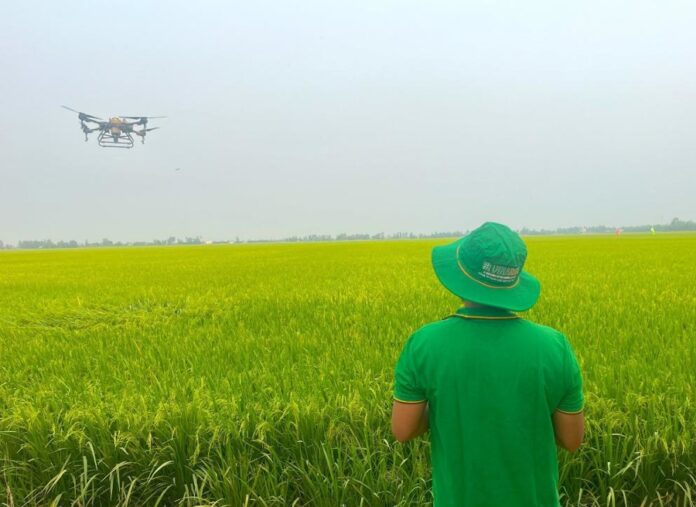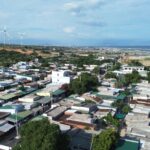The Ministry of Agriculture and Environment is developing a draft proposal for low-emission crop production for the period 2025-2030. The goal by 2030 is to reduce CH4 emissions by 30% and greenhouse gas emissions by at least 10% from the crop sector compared to the 2020 baseline. This will be achieved through the application of technical measures suitable for each ecological region and crop group.
By 2030, the area under low-emission crop cultivation practices across the country is expected to reach a minimum of 2.5 million hectares, with priority given to concentrated commodity-producing regions.
Concurrently, a greenhouse gas emissions database in crop production will be established, categorized by crop, ecological region, and technical measures. This will contribute to the development of a carbon market.
The ministry also aims to create a communication system and disseminate knowledge to promote a shift in farming practices towards low-emission methods. Training and workshops on techniques, policies, and emission measurement tools will be conducted for technical officers, agricultural extension workers, and farmers nationwide.
The Crop Production and Protection Department is currently seeking feedback on the applicable crop types and the implementation plan for this proposal.

During a recent meeting on the development of this proposal, the Ministry of Agriculture and Environment emphasized that low-emission crop production aligns with the country’s net-zero emission goal by 2050. However, efforts in this sector have been limited to small-scale projects and programs, lacking a comprehensive and systematic approach.
Therefore, the ministry believes it is necessary to formulate a well-structured proposal that can be coherently implemented from the ministry to local areas.
According to the ministry, low-emission crop production should aim to fulfill the country’s NDC commitments, change farming practices to reduce input usage, promote sustainability and environmental friendliness, and build a low-emission agricultural brand. This will help spread the responsibility of the crop sector to future generations and the environment.
One of the current challenges in reducing emissions from crop production is the lack of a legal framework and measurement tools. Additionally, the majority of the population, businesses, and local officials have limited awareness about low-emission crop production.
Vietnam currently has only approved and implemented a program for 1 million hectares of high-quality, low-emission rice in the Mekong Delta. However, the country has over 7 million hectares of rice fields and more than 1 million hectares of fruit trees.
At the “Conference on the One-Year Review of the Project for the Sustainable Development of 1 Million Hectares of High-Quality, Low-Emission Rice in the Mekong Delta until 2030,” held in April 2025, the Ministry of Agriculture and Environment reported that all 12 provinces and cities in the region participated, covering a total area of 1,015,000 hectares. Seven pilot models were implemented in five provinces: Kien Giang, Soc Trang, Tra Vinh, Dong Thap, and Can Tho. Initial results showed significant economic and environmental benefits from the high-quality, low-emission rice cultivation models.




![[Photo Essay]: Experts, Managers, and Businesses Unite to Forge a Path Towards Sustainable Green Industry](https://xe.today/wp-content/uploads/2025/07/z678592918-218x150.jpg)


![[Photo Essay]: Experts, Managers, and Businesses Unite to Forge a Path Towards Sustainable Green Industry](https://xe.today/wp-content/uploads/2025/07/z678592918-150x150.jpg)


![[Photo Essay]: Experts, Managers, and Businesses Unite to Forge a Path Towards Sustainable Green Industry](https://xe.today/wp-content/uploads/2025/07/z678592918-100x70.jpg)







